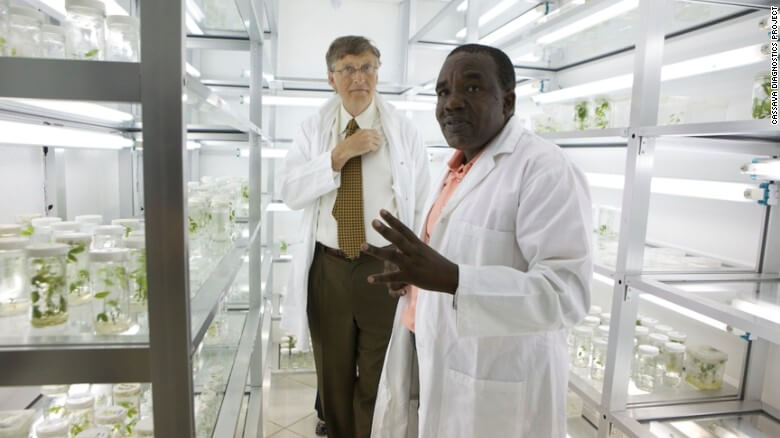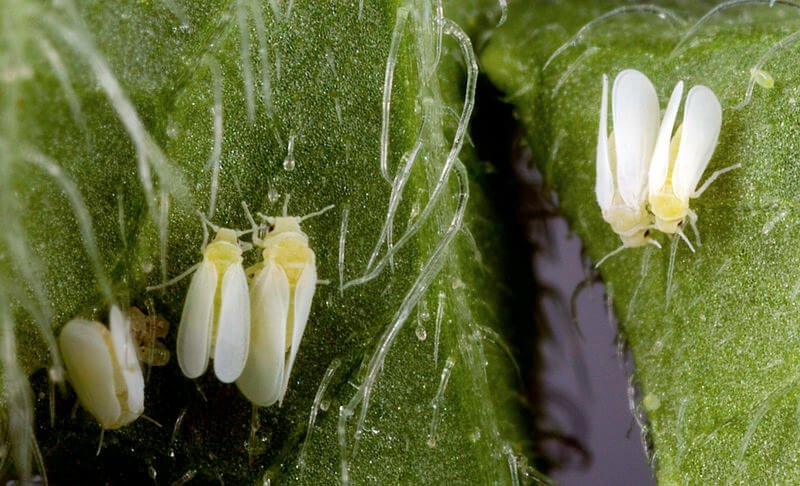Almost a billion people around the world rely on cassava as a staple food. The root vegetable is a versatile and calorie-rich crop that is resilient enough to thrive in harsh climates.
But the cassava has no defense against a tiny insect that is decimating crops across East Africa, with dire economic and humanitarian consequences.
The whitefly carries two viruses that together destroy over $1 billion worth of cassava in Sub-Saharan Africa each year. Cassava Mosaic Disease (CMD) is the more established threat and does most of the damage. But scientists are even more alarmed by an outbreak of Cassava Brown Streak Disease (CBSD) – dubbed the “Ebola of plants.”
…
[The Cassava Diagnostics Project (CDP)] is working in seven countries in East and Central Africa, educating farmers and local government about the problem, studying the spread of disease, and developing resistant varieties of cassava.“We generate maps to show the distribution of virus strains in all of the project countries,” [says Joseph Ndunguru, a plant virologist based in Tanzania]. “We use them to decide where to deploy clean plant material.”
…
“These plants look sick but we don’t know which virus is making them sick,” says Dr. Laura Boykin, a computational biologist at [the University of Western Australia]. “We do diagnostic tests looking for whole genomes (the complete set of DNA or RNA) of viruses, and to get them we have to study billions of base pairs.”

The GLP aggregated and excerpted this blog/article to reflect the diversity of news, opinion, and analysis. Read full, original post: East African scientists turn to gene sequencing against ‘Ebola of plants’































